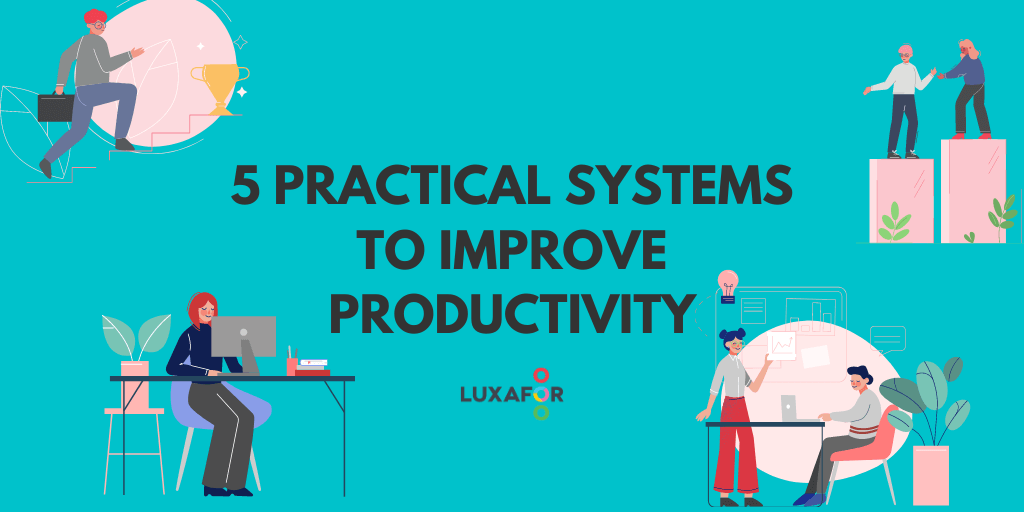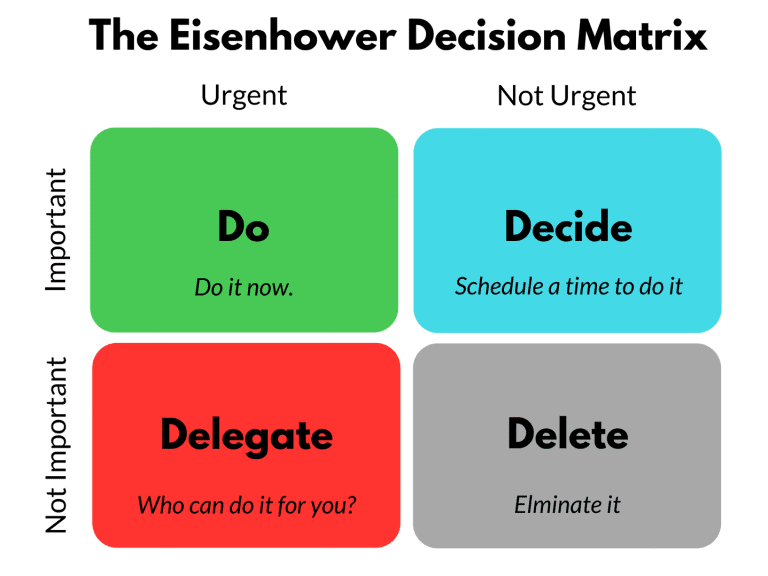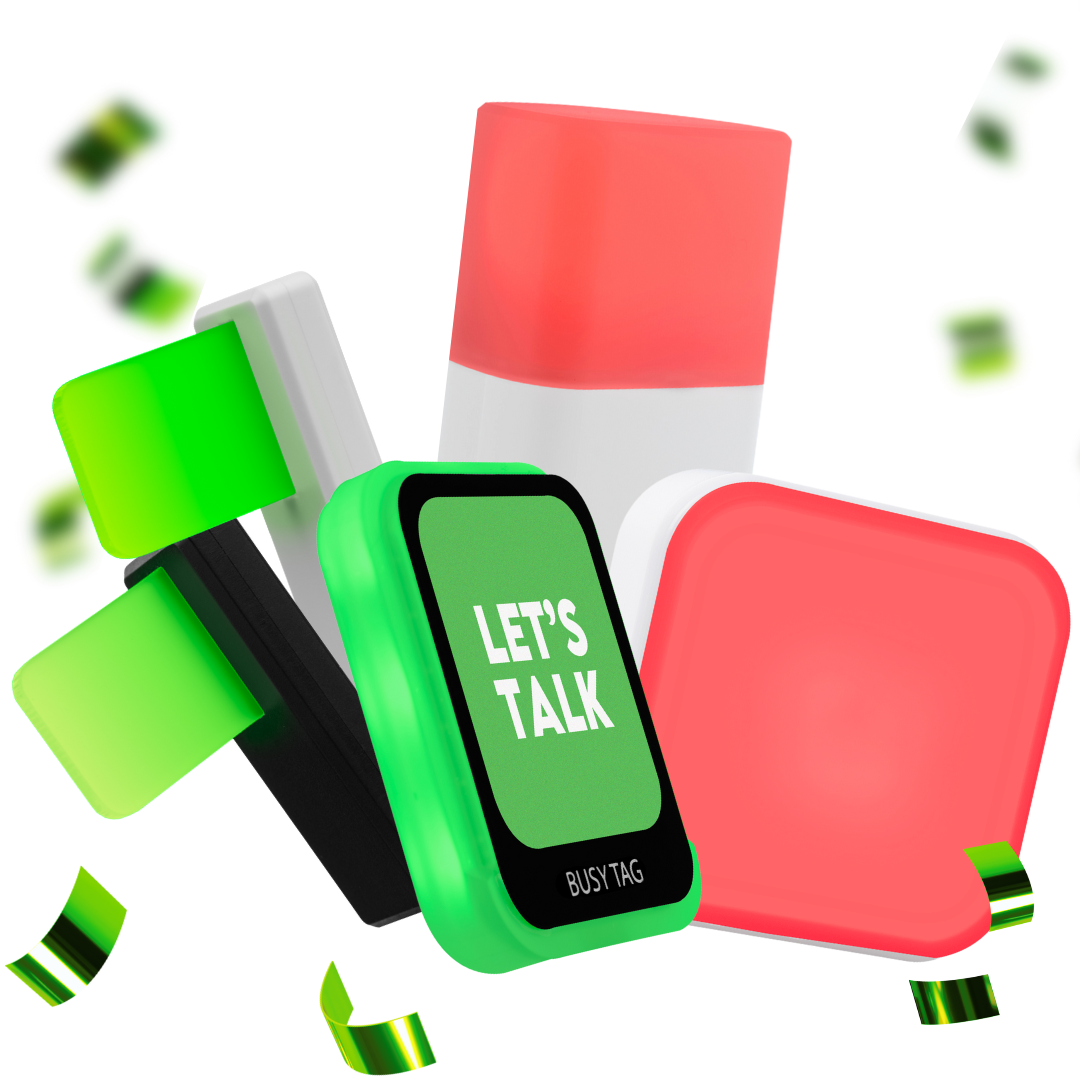The “Ultimate Productivity” Formula: 5 Practical Systems to Improve Productivity
One of the most consistently difficult challenges in the workplace is understanding how to improve productivity. With the relentless flurry of emails and new assignments rolling in, figuring out where to concentrate your attention can easily leave you drowning at your desk. That’s why becoming an expert prioritizer can revolutionize your professional life. Keeping on top of your tasks lowers your stress levels, boosts efficiency, maximizes time management, and brings equilibrium to your work-life balance. Once you’ve gotten comfortable prioritizing your duties, you’ll start to discover that the frenetic sense of urgency you used to feel towards them melts away. However, while it’s easy to conceptualize ways to improve productivity, executing this plan is less straightforward. When the work starts piling up, you need a coherent framework in place to stay in control. We’ve compiled the most effective strategies to help you prioritize your daily tasks. Use these tips to optimize your time so that you can increase your productivity trend and stay focused on completing the work that matters most.
Source: Unsplash
1. Create A Master List with Goal & Time Breakdowns
If your assignments are jostling against each other in your brain, you’ll never have them under control. Instead, commit all your tasks to paper in the form of a Master List. Think of it as a laundry pile for all your different work. Become your own productivity consultant. Scrape anything that might merit your attention out of your head and put it in a document. It doesn’t matter whether you use a notebook or a project management app, just as long as it’s within easy reach and can be updated as new priorities come up. Once you’ve got your work laid out, you’ll start to see some tasks need more attention than others if you want to improve productivity. So break down your list of jobs by daily, weekly, and monthly goals. This coheres all your work into a manageable whole, where working on daily tasks feeds into completing weekly goals, and accomplishing weekly goals adds up to tackling the big monthly targets while creating reports on your productivity. This approach makes your immediate tasks more meaningful and helps dispel the Completion Bias that makes us subconsciously gravitate to finishing small tasks at the expense of working on the bigger picture. When your daily work fits into your larger plan, you’ll always be working on something meaningful and improving productivity by default.
2. Decipher the “Urgent” from the “Important” with the Eisenhower Matrix
Source: Luxafor
Now that we’ve created a Master List we have all your tasks laid out. However, we still need a guide for how best to immediately deploy our efforts on a short-term basis to improve productivity. This is where the Eisenhower Matrix comes in. It’s a simple system that divides your productivity times between four quadrants that run on an axis between “urgent” and “important”. Simply put, “urgent” tasks are those that require your immediate attention, like phone calls and emails. “Important” tasks are those that bring you closer to a long-term goal. When you’re weighing up which tasks will most help improve productivity, ask yourself which of these categories they fall into:
Urgent and important: These require your immediate attention ASAP.
Important, not urgent: Schedule a time for when you’ll complete these.
Urgent not important: Try and delegate these tasks whenever possible.
Neither urgent nor important: Complete these only if all other priorities have been completed, or consider dropping them from your Master List outright to improve productivity.
3. Use Time Management Games to Practice Your Organization Strategies
If you find yourself constantly overwhelmed by work, you might want to practice time management games. With these games, you can sharpen your ability to think on your feet and react to different challenges that need to be balanced simultaneously. Like work, these games can sometimes get stressful and force you to use the same parts of your brain as you would in the office. However, unlike work, you won’t have to deal with the consequences if things get screwed up. That’s why time management games like sugar rush winter frei are such a great way to improve productivity and boost your confidence. This will get you in shape for staying in control when the real work needs doing and help you stay focused when your reaction times need to be fast.
4. Use the Ivy Lee Method to Rank Daily Tasks by their True Importance
Even the best of us can find ourselves with a mountain of tasks that need completing. This is where the Ivy Lee Method comes in to establish which work is most pressing. The steps to improve productivity are thus:
Just before you finish work, jot down the six most important goals you need to accomplish for the next day. Never write down more than six.
Establish the order of importance for each task with your own productivity curve.
At the start of work the next day, focus solely on completing the first task. Only when it’s completed should you move on to the next, to improve productivity in a structured capacity.
Continue through the list. Once again, at the end of the day, add any unfinished tasks to your new list of six for the next day.
Rinse and repeat.
By limiting yourself to no more than six jobs, you’ll force yourself to focus on the most important work and complete assignments to improve productivity in a constructive manner.
5. Utilize the Productivity Formula
Source: Unsplash
We’ve looked at how to improve productivity on the job, but how can we manifest this efficiency in our day-to-day lives? The Productivity Formula provides a straightforward framework to maintain a work-life balance to help your personal and professional life cohere holistically and supercharge your productivity. The four main pillars of the Productivity Formula are:
Physical Health: It’s all too easy to let our self-care lapse when we’re stressed out from work. But if we look after our body, our body will look after us. Rarely will a big crunch at work justify damaging our internal clocks to pull an all-nighter? Eat well, avoid sugary meals, exercise, and stay active. Without a foundation of good health, we’ll find it impossible to improve productivity in any kind of meaningful way.
Optimized Workload: We’ve discussed tried and tested systems to help you keep on top of your work assignments. When you’ve found a way to contextualize urgent professional obligations within the framework of building toward a long-term goal, all of your work will be significant.
Productive Environment: Make sure you work in optimum environmental conditions for maximum workplace productivity. Air quality, moisture levels, and noise can subconsciously dampen our productivity. Your workspace should always be well-lit, ventilated, and temperate to minimize discomfort.
The Right Tools: We’re sure you’re familiar with this scenario: you’ve found yourself knocking on the door of a problem at work, only to have the solution on the tip of your tongue before a coworker’s muscles in with some small talk when you were about to improve productivity. The key to creating a productive environment is insulating yourself from distractions. A Luxafor Flag is a perfect solution to safeguarding your attention and keeping your head down without exhibiting passive aggression.
Source: Luxafor (Luxafor Flag – USB LED busy light)
When written communication fails, there is always the option of Luxafor Flag. Luxafor Flag lets your co-workers, family, and roommates know when you’re available for discussion and when you’re busy focusing on your work. Use the universal colors of red and green to indicate when you’re busy or available, or make use of your own custom color-coded signals!
Conclusion: Practice Makes Perfect
Source: Unsplash
The truth is that there’s no catch-all way to improve productivity issues at work. Adhering to the systems we’ve looked at won’t necessarily guarantee that all your professional woes will be a thing of the past. But they have made a tangible difference in the lives of highly successful people who have earned renown as productivity experts. If they can tell us anything, it’s that optimizing work needs structure and preparation, and that’s something that’s within all of our powers to accomplish.
Do you want to build and maintain new habits? Get your free PDF version of the Don't Break The Chain calendar and start today!
Do you want to build and maintain new habits? Get your free PDF version of the Don't Break The Chain calendar and start today!
Author's Bio
Thomas Glare is a freelance SEO writer and an all-around good sport. You’ll either find him crunching analytics or knocking tonic while waiting for his Uber to arrive.




















